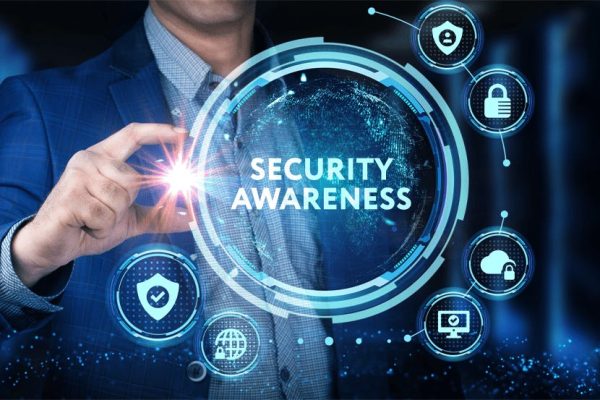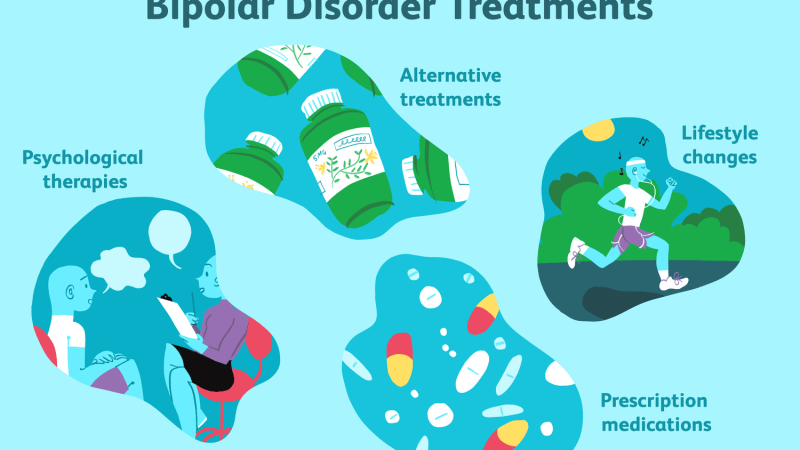Being an Environmental, Health & Safety (EHS) Manager, you know just how important energy management is in today’s world. Between rising energy costs, increasing environmental regulations, and the mounting pressure from stakeholders to go green, you’re tasked with juggling multiple priorities. But here’s the kicker: energy management doesn’t have to be a guessing game or a reactive effort. With the ISO 50001 certification, you can take control of your energy use, reduce costs, and make a tangible impact on your organization’s environmental footprint—all while enhancing your reputation as a leader in sustainability.
Now, you might be wondering: What exactly is ISO 50001 Certification, and how does it benefit you as an EHS manager? Let’s break it down, step by step.
What is ISO 50001 and Why Does It Matter?
First things first: ISO 50001 Certification is the international standard for Energy Management Systems (EnMS). It provides a structured framework to help organizations of all sizes and industries establish the policies, procedures, and systems necessary to improve energy performance and reduce overall energy consumption.
Now, you’re probably thinking, “Energy management sounds great, but why do I need a certification for it?” Here’s why:
- Rising Energy Costs: Energy is one of the largest operational expenses for most businesses. Managing and reducing energy consumption directly impacts your bottom line. By adopting ISO 50001, your organization can create a roadmap for reducing energy usage and improving efficiency, saving money in the long run.
- Regulatory Compliance: With environmental regulations becoming more stringent, the pressure is on to prove you’re doing everything possible to minimize your energy footprint. ISO 50001 certification helps you demonstrate that you’re compliant with national and international energy efficiency laws.
- Sustainability Goals: Today, customers and stakeholders aren’t just interested in products—they want to know how sustainable your operations are. ISO 50001 can be a critical part of your organization’s overall sustainability strategy, helping you meet corporate social responsibility (CSR) goals.
- Competitive Advantage: Having ISO 50001 certification is a clear signal that your organization takes energy efficiency seriously. It helps differentiate your business in the marketplace, particularly if you’re working in sectors where sustainability is a big selling point, like manufacturing, construction, or even tech.
The Key Benefits of ISO 50001 for EHS Managers
Let’s face it, you’ve probably got your hands full managing safety, compliance, and environmental issues on a daily basis. So why should you add energy management into the mix? Well, there are several powerful reasons why ISO 50001 is worth the effort.
1. Streamlined Energy Management Process
ISO 50001 provides a clear structure for managing energy. You’ll be able to systematically plan, monitor, and improve your organization’s energy performance. It’s not just about making a few changes and hoping for the best; it’s about creating a continuous, measurable improvement cycle. This standard provides a structured framework with clear processes for energy planning, monitoring, measurement, and evaluation.
Think of it as giving your energy management efforts a scalable system that ensures consistency, accountability, and effectiveness.
2. Reduced Energy Costs
Let’s be real: energy costs can be a significant drain on your budget. As an EHS manager, part of your job is to reduce waste and inefficiency wherever possible—and that includes energy. ISO 50001 helps you identify areas of high energy consumption, pinpoint inefficiencies, and implement solutions that make a measurable difference to your bottom line.
In other words, by improving energy performance through the EnMS, you directly reduce costs. You’ll be in a position to negotiate better rates with suppliers or even take advantage of energy-saving incentives from governments and local bodies. It’s a win-win.
3. Enhanced Regulatory Compliance
Energy laws and regulations are tightening, and failing to comply with them can result in hefty fines and a tarnished reputation. ISO 50001 certification can help you ensure that your energy management practices align with current regulations and future standards.
By implementing a compliant energy management system, you not only reduce your risk of penalties but also position yourself as a proactive player in the field of sustainability. This can enhance your organization’s reputation, particularly with customers and investors who are increasingly focused on environmental issues.
4. Improved Organizational Reputation
Being ISO 50001 certified shows the world that your organization is serious about sustainability. It proves to your stakeholders—whether they’re customers, partners, or investors—that you are taking significant steps to manage energy responsibly. It demonstrates that you’re committed to reducing your carbon footprint, which is increasingly important in today’s eco-conscious world.
The certification gives you something tangible to show off during your annual sustainability report, client meetings, or marketing campaigns. Plus, it might even help you land more eco-conscious clients who value companies making strides in energy efficiency.
5. Increased Employee Engagement
When you get employees involved in the process of energy management, it can lead to a noticeable improvement in your organization’s overall energy performance. After all, employees are on the front lines of energy use. They know where inefficiencies lurk and can help suggest or implement energy-saving ideas.
ISO 50001 promotes employee engagement by encouraging participation, awareness, and training. As employees get involved, not only do you boost energy efficiency, but you also create a culture of sustainability that aligns with the values of your workforce.
What Does the ISO 50001 Certification Process Involve?
So, you’re ready to take the plunge and pursue ISO 50001 certification for your organization. What does that look like in practice? Here’s a quick rundown of the steps you’ll go through:
1. Gap Analysis and Planning
The first step involves a thorough gap analysis to assess where your organization currently stands in terms of energy management. Do you have systems in place? Are your energy targets aligned with industry standards? This is when you’ll map out your goals and determine what needs to be done to meet ISO 50001 requirements.
2. Implementing the EnMS
Once you’ve identified the gaps, the next step is to implement the Energy Management System (EnMS). This involves creating an energy policy, setting energy targets, and putting the necessary processes and practices in place to achieve them. You’ll likely need to train staff, update policies, and introduce energy monitoring systems.
3. Monitoring and Measurement
This is the fun part, right? Monitoring your energy consumption and performance is key to determining whether your efforts are working. You’ll need to set up systems to track energy use and identify areas for improvement. KPIs (Key Performance Indicators) play an important role here—they help you measure progress and adjust course if needed.
4. Audit and Certification
Once everything is in place, it’s time to conduct an internal audit to make sure everything meets the ISO 50001 standard. You’ll need to document all your processes and demonstrate that you’re following the standard properly. If everything checks out, you’ll be ready for the external certification audit. An accredited certifying body will come in, verify that you’ve met the requirements, and grant certification if you’re in the clear.
5. Ongoing Improvement
The best part about ISO 50001 is that it’s built for continuous improvement. After certification, your job isn’t over. You’ll continue to monitor energy performance, refine your processes, and make adjustments based on changing circumstances. This ensures that your energy management system remains relevant, effective, and aligned with your organization’s goals.
Who Should Pursue ISO 50001 Certification?
While the certification is a great asset for EHS Managers, it’s also valuable for anyone involved in energy management or environmental compliance. Whether you’re in charge of sustainability, facilities management, or corporate responsibility, ISO 50001 can be an excellent tool for guiding your energy management efforts.
If your organization is serious about reducing energy costs, complying with regulations, and boosting sustainability, then this certification should be at the top of your priority list.
Final Thoughts: Why ISO 50001 is a Must for EHS Managers
Energy management is no longer a secondary concern for businesses. It’s central to both the environmental and economic future of your organization. As an EHS manager, the ISO 50001 certification provides you with a structured approach to reduce costs, comply with regulations, and enhance your sustainability efforts.
Let’s be honest: energy efficiency is the future, and those who get ahead of the curve will lead the way. With ISO 50001, you’ll be well-equipped to make a meaningful impact on your organization’s energy use—and position yourself as an expert in a rapidly evolving field.
Ready to take control of your energy management and lead your organization toward a more sustainable future? ISO 50001 is the way forward.






